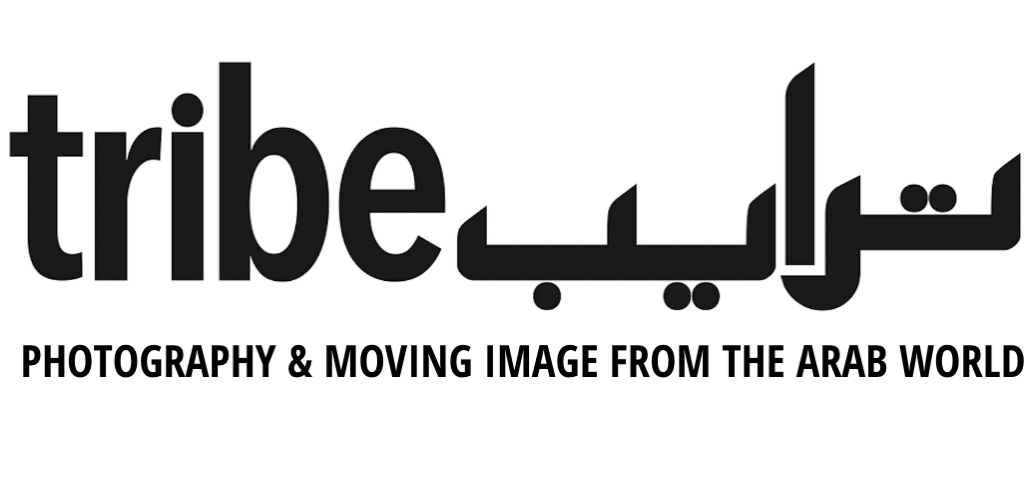Arif Al Nomay: Recovery, Return of Uncertain Memory
Arif Al Nomay, from the Recovery Uncertain Memories Corrupted Files series (2014). Courtesy of the artist.
With text by Dr Ahmed Mater, artist.
Over the last four decades, the photographic and written practice of Arif Al Nomay has provided an object lesson in the possibilities for an artistic commitment to the cause of memory, and for the exploration of the world of late’s congested information from a radical-left perspective.
With Recovery “return of the uncertain memory” (2014), his interest in the bodily inscriptions of identity is paramount, as much of it materialized out of an attempt to recover lost images using the latest technology. Created in Yemen in the early days of his practice, the series marks a shift in the artist’s practice that occurred simultaneously with a global “ethnographic turn” toward the reinvestigation of specific social and cultural contexts, as they transformed with the emergence of the internet, beyond the realm of art.
Arif Al Nomay, from the Recovery Uncertain Memories Corrupted Files series (2014). Courtesy of the artist.
For Al Nomay, each shift in his artistic practice has been legible as a reaction against the dominant climate of postmodern culture, a sociopolitical factor indebted to a period that shaped his life, beginning with the fallout of the failed reconciliation and the subsequent escalation of confrontation in Yemen in 1994. This is most evident in Recovery, which reflects renewed attention to the political subject in order to recover old images with modern technologies. Al Nomay’s project may be considered a challenge, not only to the shortcomings of an embodied identity politics but also to the concealment of the world of production, using the art world’s attachment to the fatalistic ideology of a “simulated” world of endless, autonomous corrupted files and image-proliferation. His work reveals that our personas are the result of everyday data alterations that shape, manipulate, and influence our online identity, behavior, and thoughts while we are perpetually chased by our memory.
Although glitches are practically understood to be errors, glitch art is hardly a simple process of destruction. Rather it's an aesthetic approach that challenges the way we perceive visual information; the organic qualities of highlighting the visual artifacts that accidents in digital media create. Glitch artist and theorist, Rosa Menkman describes the glitch as a “wonderful interruption that shifts an object away from its ordinary form and discourse, towards the ruins of destroyed meaning.” For Menkman, a glitch serves as “an (actual and/or simulated) break from an expected or conventional flow of information or meaning within (digital) communication systems that results in a perceived accident or error.” What’s more, a glitch generally has a negative connotation of the unwanted, an annoying disturbance.
Arif Al Nomay, from the Recovery Uncertain Memories Corrupted Files series (2014). Courtesy of the artist.
Instead, Al Nomay highlights this in his work, sees it as positive, and gives us the opportunity to engage with it in a different way. It could be argued that this body of work, although it highlights errors and glitches, is intentional, a form of reproduction that the photographer uses as a technique.
He explores the errors that result from digital technology when file formats are put to the test. The work consists of compressions, glitches, artifacts and highlights: unexpected pixels. Recovery is a series of corrupted portraits, images of buildings, landscapes, and people. By implementing the error into each image file, and inserting text, Al Nomay exhibits the corrupted file makeup of the image. The vernacular of these file formats is presented as distorted imagery—due to how we read culture within the digital realm, we recognize that there are errors. The image is not perfect, but it is not necessarily the cultural interpretation of the face, eyes or the expressions that are of interest.




